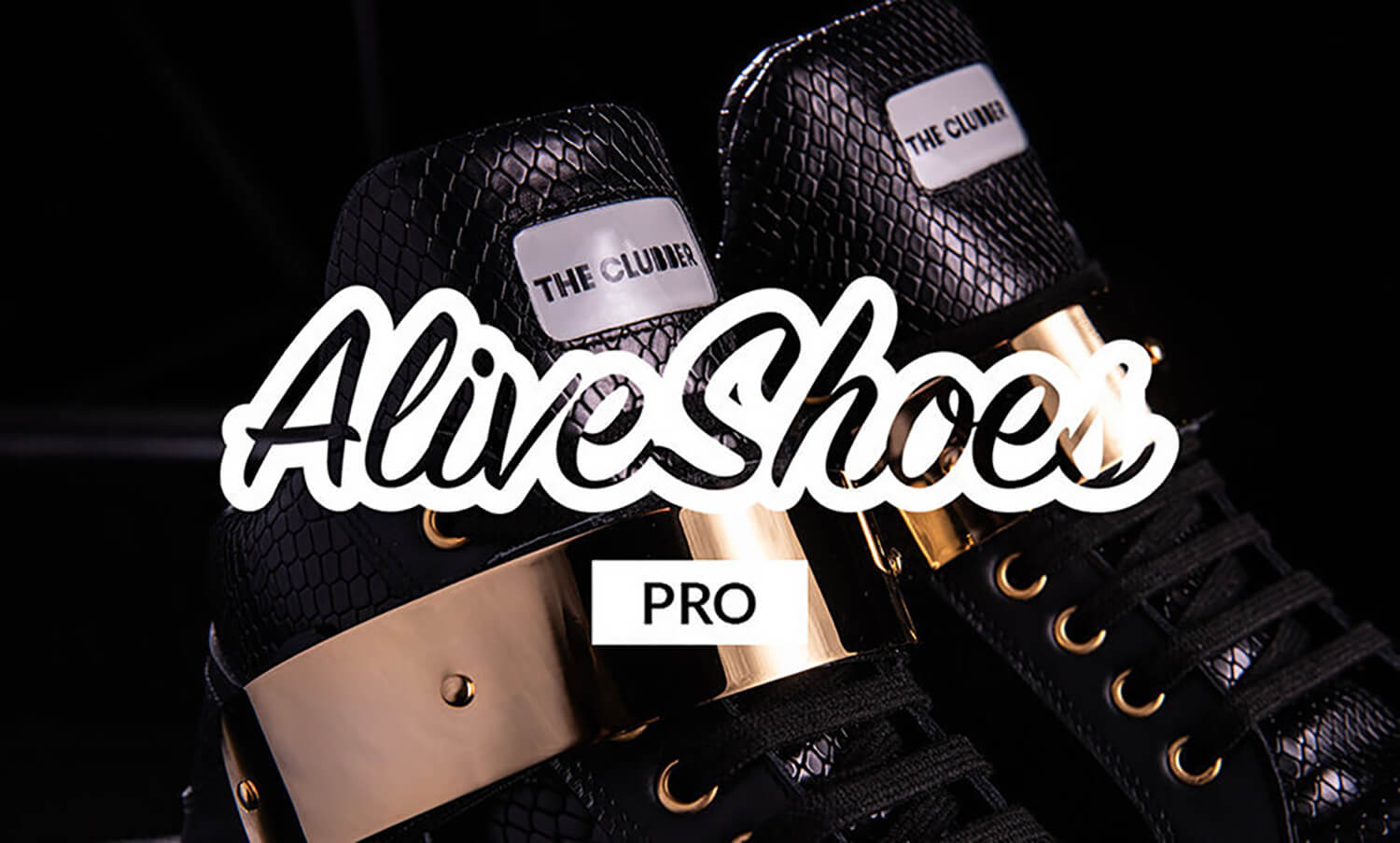Upgrade your account to PRO for $99 (one-time, lifetime non-recurring fee) to access amazing features and boost your custom shoe line even further. This is a non-recurring payment, pay once and enjoy permanent access to all the features.
-
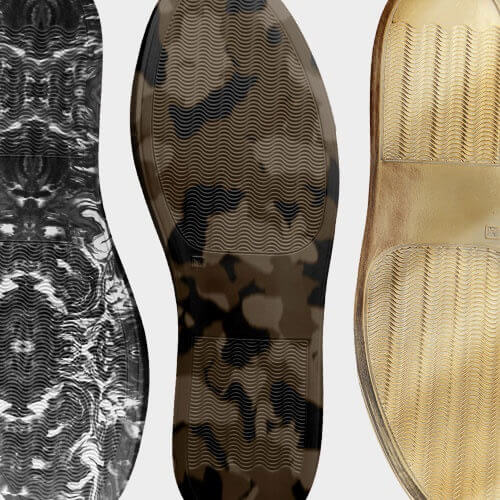 Access 15 unique and highly exclusive sneaker soles such as fluorescent, camouflage, gold, silver, marble, glossy, recycled style and more.
Access 15 unique and highly exclusive sneaker soles such as fluorescent, camouflage, gold, silver, marble, glossy, recycled style and more.
-
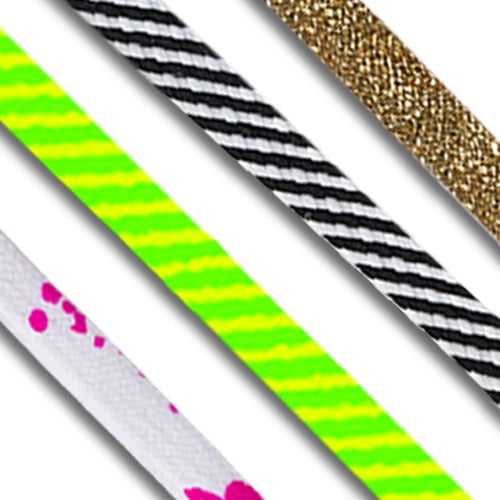 Access an amazing set of 11 Limited edition Premium laces to enrich your shoe designs. From bold fluo combos to minimal and unique patterns.
Access an amazing set of 11 Limited edition Premium laces to enrich your shoe designs. From bold fluo combos to minimal and unique patterns.
-
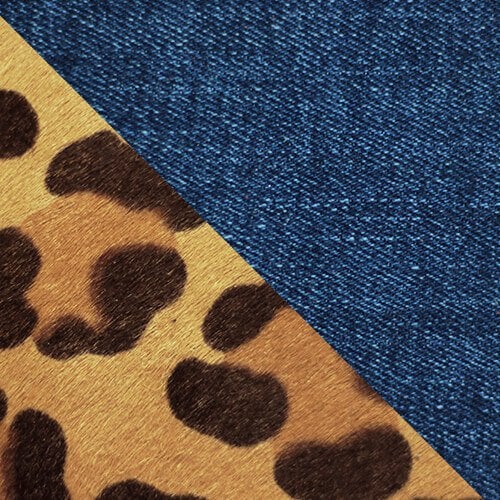 Access 50+ limited edition materials and patterns such as camouflage, jaguar print, zebra print, ostrich print, metal gold, snake print, glitter, crocodile print, premium textiles, fluo leathers and many others.
Access 50+ limited edition materials and patterns such as camouflage, jaguar print, zebra print, ostrich print, metal gold, snake print, glitter, crocodile print, premium textiles, fluo leathers and many others.
-
 Create completely eco-friendly and cruelty-free designs with access to a wide selection of eco-bio vegan technical “leathers” in multiple colors.
Create completely eco-friendly and cruelty-free designs with access to a wide selection of eco-bio vegan technical “leathers” in multiple colors.
-
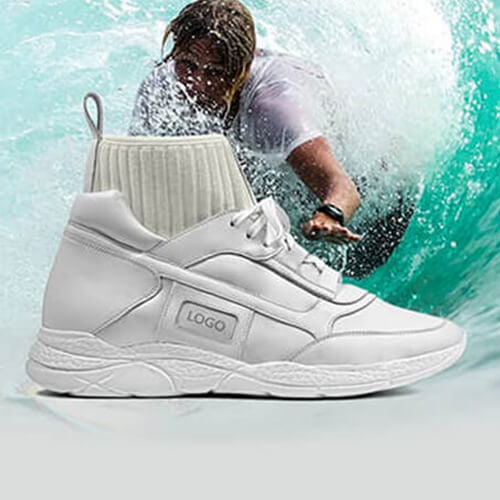 Access 25+ additional premium shoe silhouettes with special constructions and limited-edition options.
Access 25+ additional premium shoe silhouettes with special constructions and limited-edition options.
-
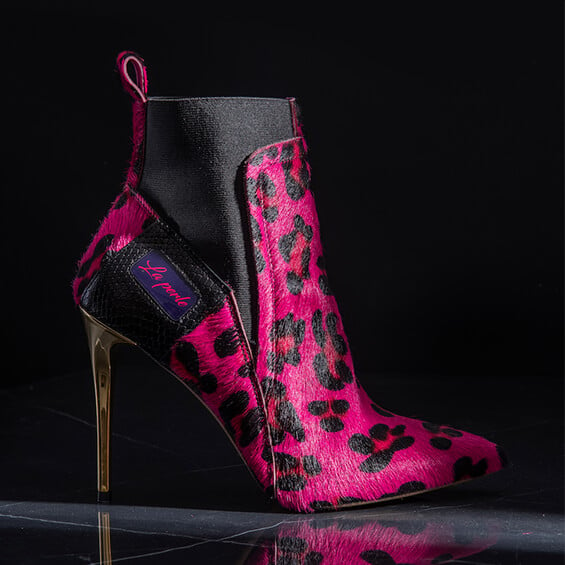 Access a wide Women collection with 45+ additional Women’s fashion shoe bases, including elegant pointy high heels, low heels, mid heels, pump, wedges, flats, boots, sneakers and more.
Access a wide Women collection with 45+ additional Women’s fashion shoe bases, including elegant pointy high heels, low heels, mid heels, pump, wedges, flats, boots, sneakers and more.
-
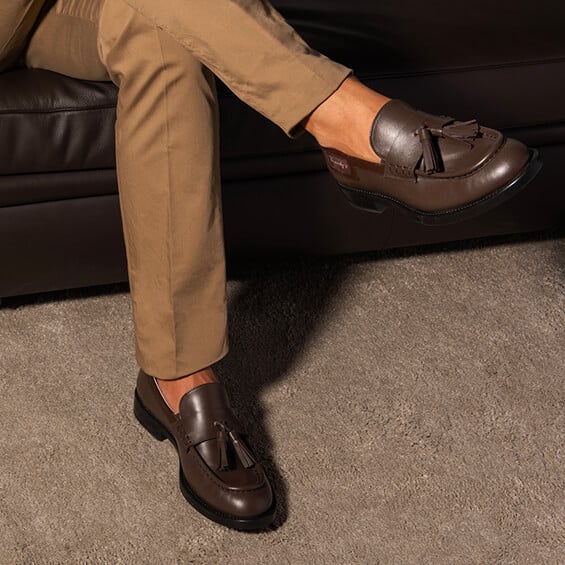 Access the full spectrum of design possibilities for Men with 18+ additional Men’s classic shoe bases, including moccasins, dress shoes, sneaker designs and more.
Access the full spectrum of design possibilities for Men with 18+ additional Men’s classic shoe bases, including moccasins, dress shoes, sneaker designs and more.
-
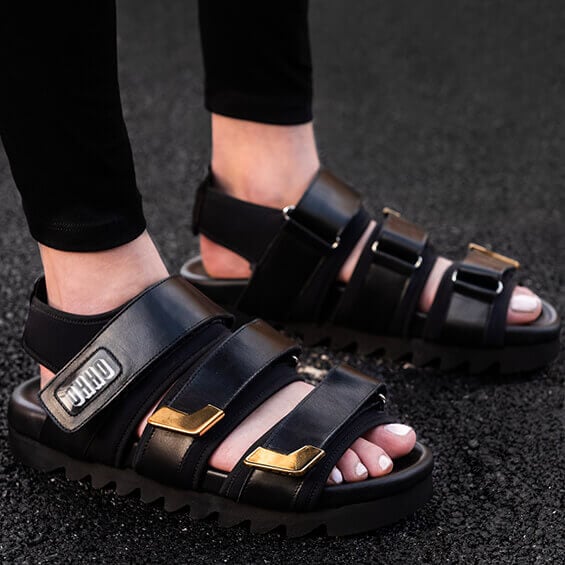 Access a unique selection of 12+ fully customisable and ultra-cool fashion sandals, including luxury concepts, comfortable and classic styles.
Access a unique selection of 12+ fully customisable and ultra-cool fashion sandals, including luxury concepts, comfortable and classic styles.
-
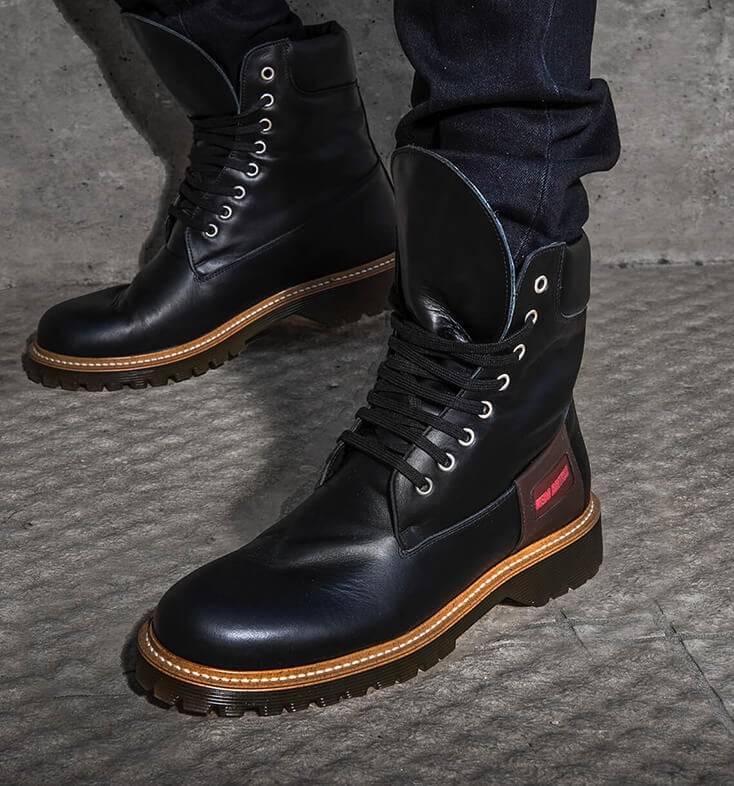 Access 11+ street concepts, from unique fashion street modern sneakers concepts to classic street-style shoe bases with vintage touch.
Access 11+ street concepts, from unique fashion street modern sneakers concepts to classic street-style shoe bases with vintage touch.
-
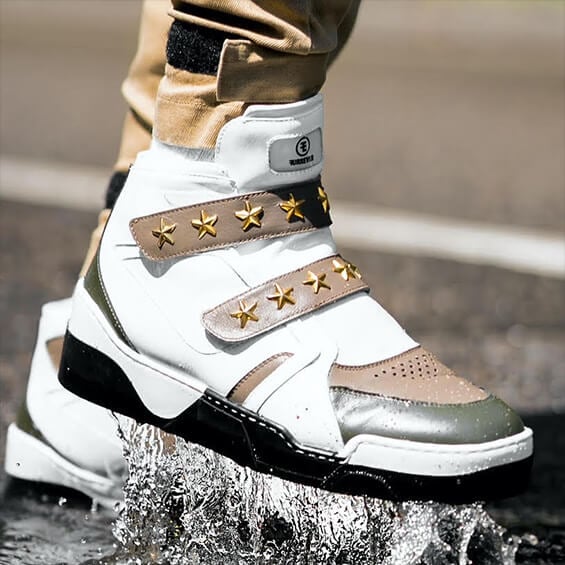 Access 20+ premium luxe sneaker design bases, including high-end street sport concepts with a futuristic vibe and an amazing set of luxury fashion styles.
Access 20+ premium luxe sneaker design bases, including high-end street sport concepts with a futuristic vibe and an amazing set of luxury fashion styles.
-
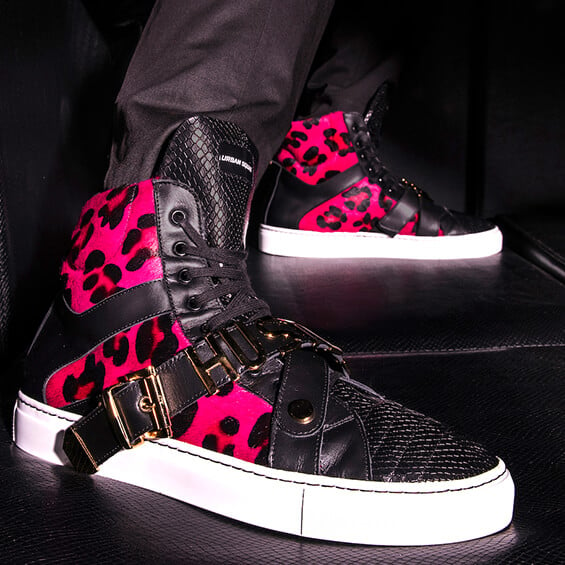 Access the Seasonal Fashion Capsule collections section, featuring unique and special fashion themes never seen before. Capsules are added regularly to match top market trends and include very exclusive design components and creative new styles.
Access the Seasonal Fashion Capsule collections section, featuring unique and special fashion themes never seen before. Capsules are added regularly to match top market trends and include very exclusive design components and creative new styles.
-
 Make the shoes entirely yours by removing all AliveShoes logos and images from the insole, the packaging and invoices.
Make the shoes entirely yours by removing all AliveShoes logos and images from the insole, the packaging and invoices.
-
 Jump to the front of the production lines. Get your shoes made faster, shipping to customers in 6 to 12 business days — half the time of the regular 15 to 20 days.
Jump to the front of the production lines. Get your shoes made faster, shipping to customers in 6 to 12 business days — half the time of the regular 15 to 20 days.
-
 Showcase your brand fully in a beautiful custom branded page featuring your own content and your shoes - all in one place.
Showcase your brand fully in a beautiful custom branded page featuring your own content and your shoes - all in one place.
-
 Submit and publish up to 10 shoe designs at the same time, instead of just one.
Submit and publish up to 10 shoe designs at the same time, instead of just one.
-
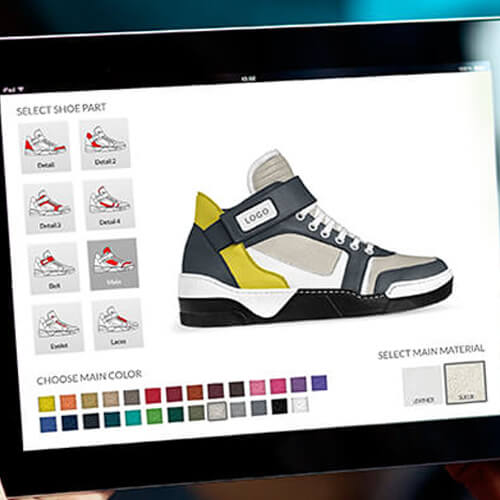 Create unlimited drafts of your designs (instead of the normal 10) and keep them saved in your dashboard.
Create unlimited drafts of your designs (instead of the normal 10) and keep them saved in your dashboard.
-
 Access a unique collection of striking Artificial Intelligence covers for your packaging and details.
Access a unique collection of striking Artificial Intelligence covers for your packaging and details.
 Already purchased?
Log in
into your account
Already purchased?
Log in
into your account






